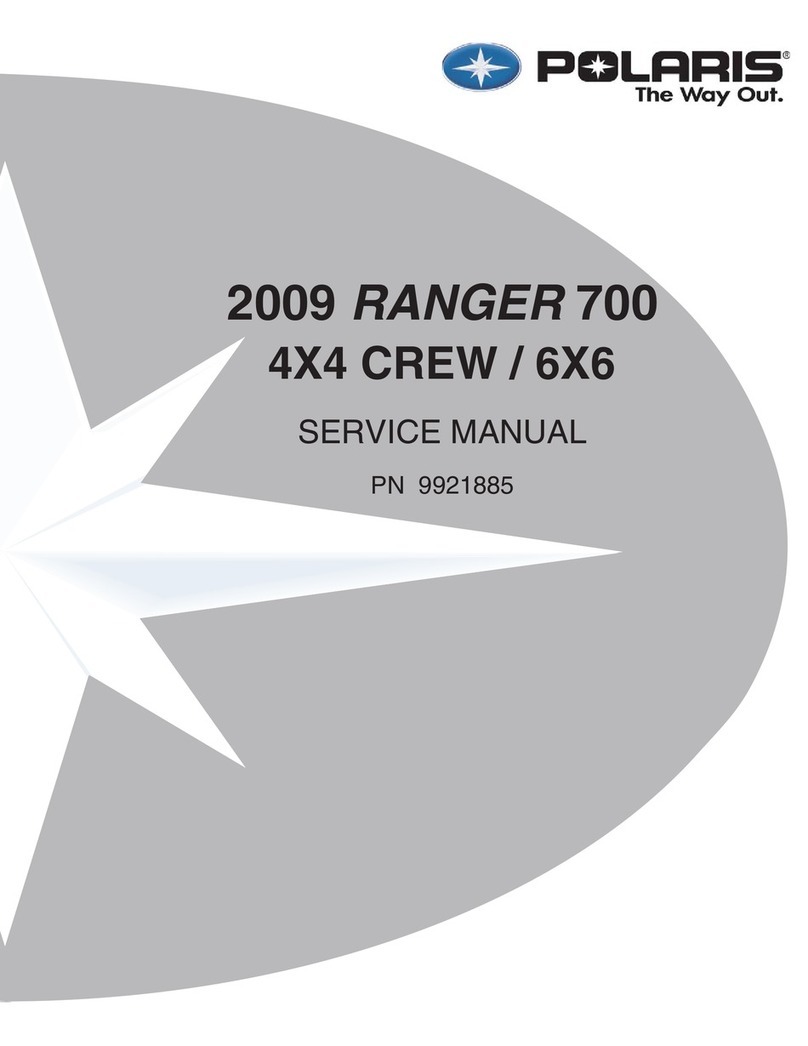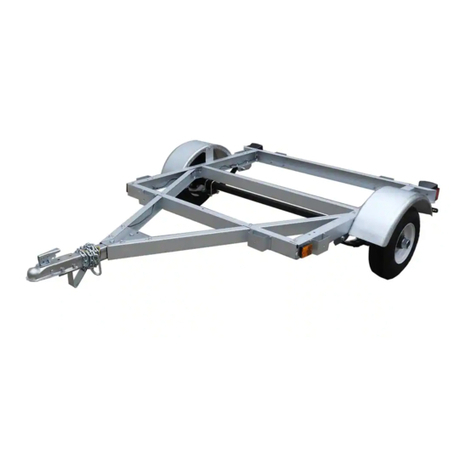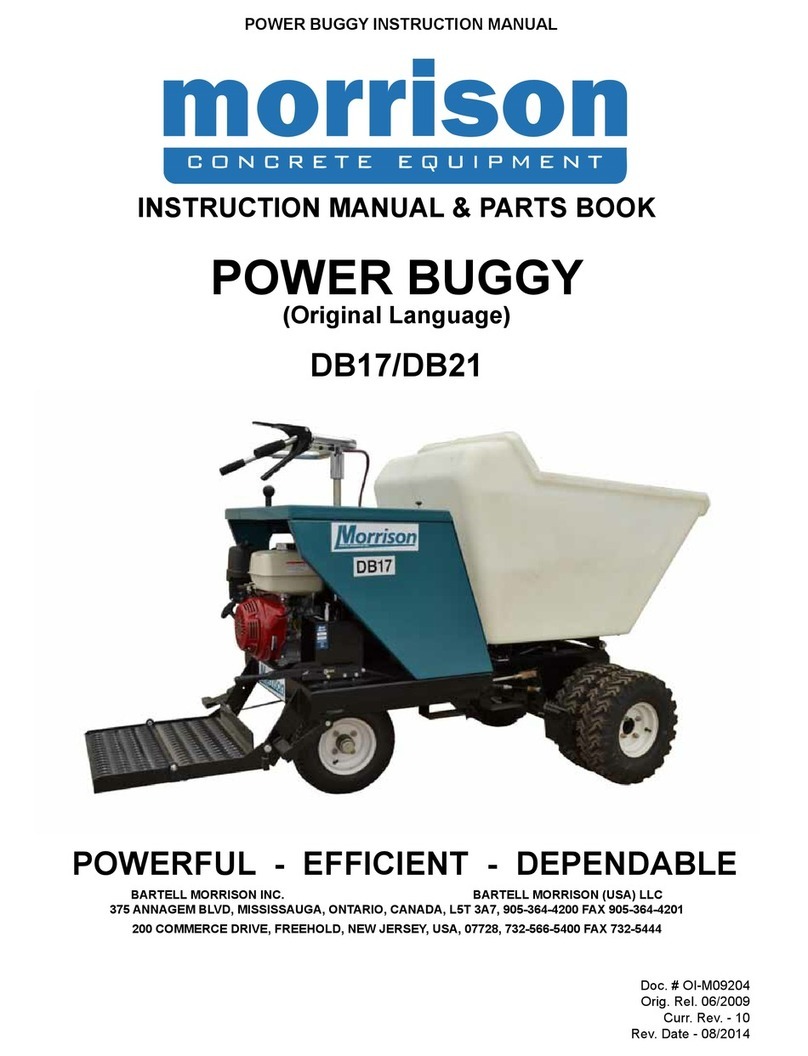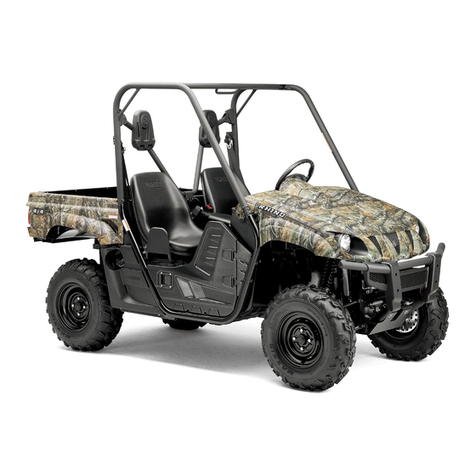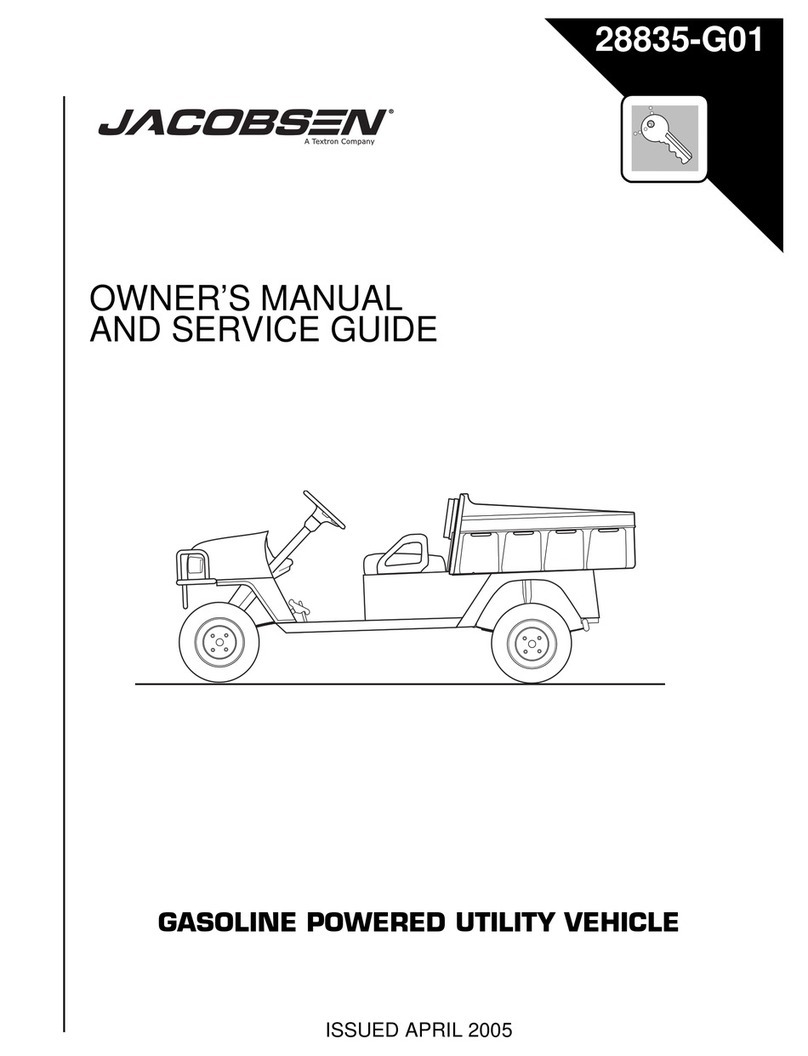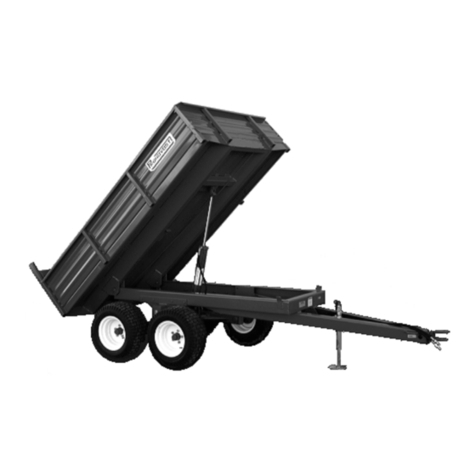Hisun STRIKE 800 User manual




















This manual suits for next models
2
Table of contents
Other Hisun Utility Vehicle manuals
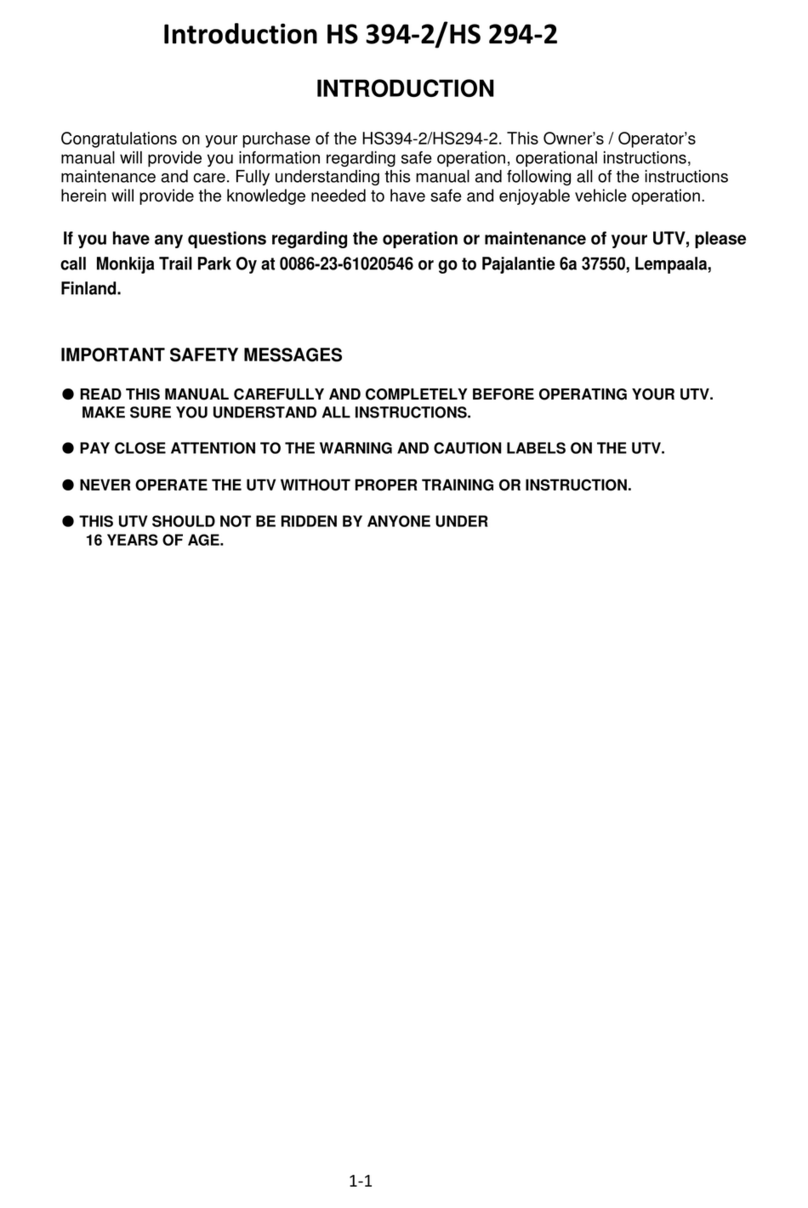
Hisun
Hisun HS394-2 Owner's manual

Hisun
Hisun HS250UTV Owner's manual
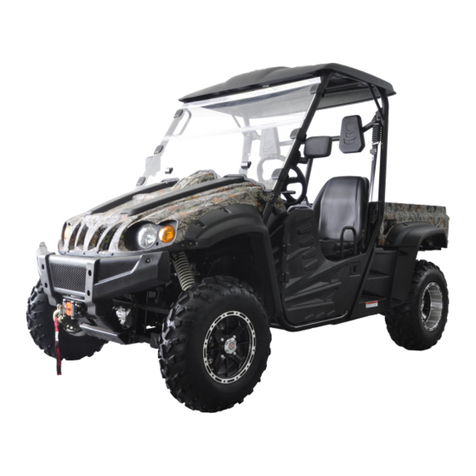
Hisun
Hisun HS700UTV-4 Manual

Hisun
Hisun HS294-2 Owner's manual
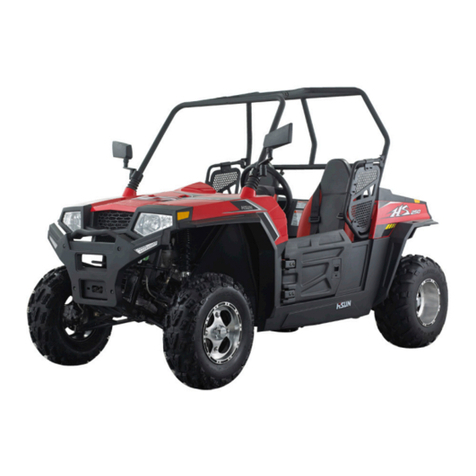
Hisun
Hisun Strike 250 User manual

Hisun
Hisun HS1P65MM User manual
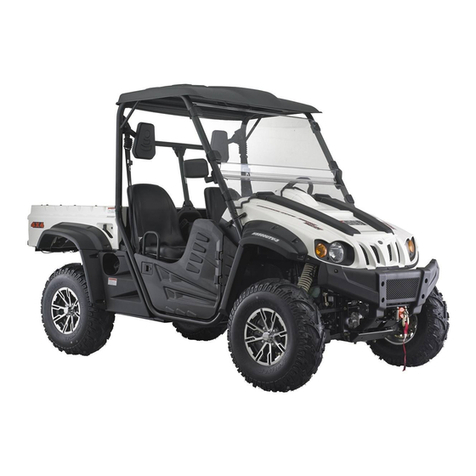
Hisun
Hisun HS 500 User manual
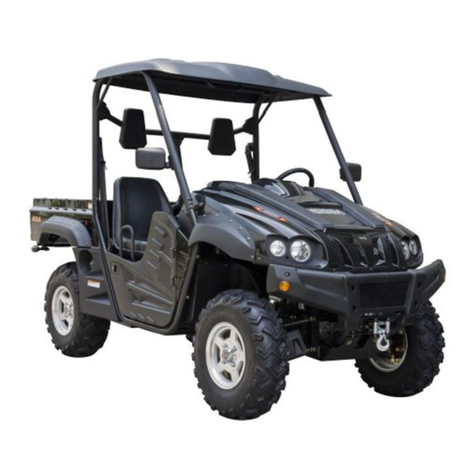
Hisun
Hisun HS500UTV User manual

Hisun
Hisun SECTOR 1000 User manual
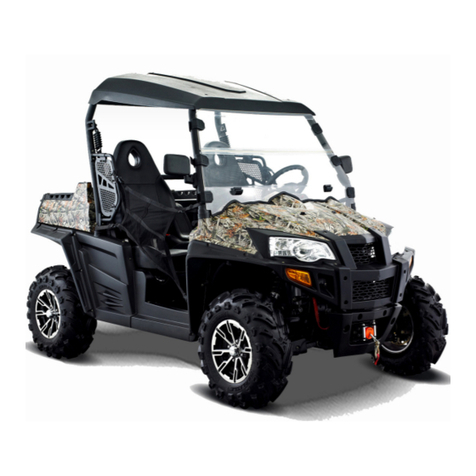
Hisun
Hisun HS800 User manual
Popular Utility Vehicle manuals by other brands
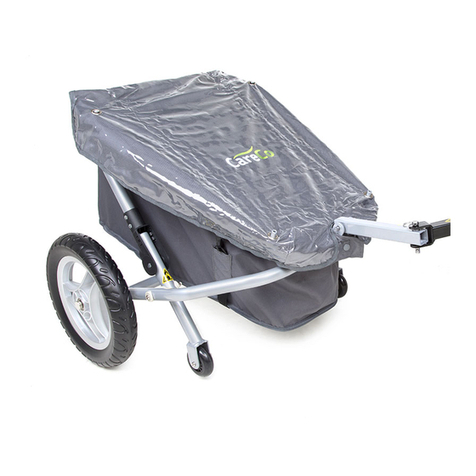
CareCo
CareCo Travix MS06153 Usage and maintenance instructions

Club Car
Club Car FE 350 Maintenance and Service Supplement
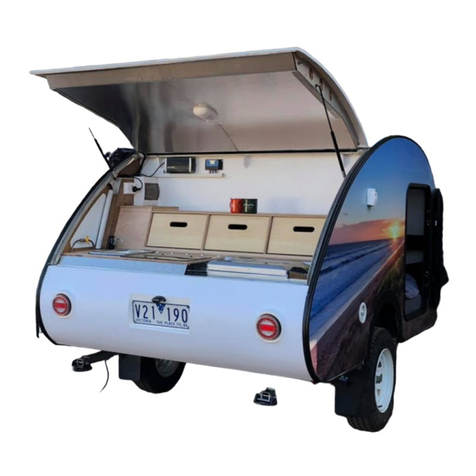
GoPod Campers
GoPod Campers GoPod 90 manual

CynkoMet
CynkoMet T-617 Instructions for Use and Operation
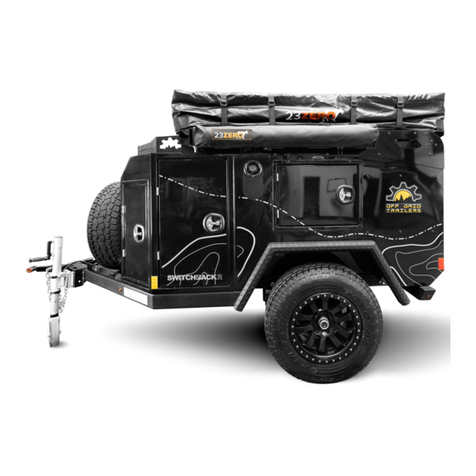
OFF GRID TRAILERS
OFF GRID TRAILERS EXPEDITION 2.0 owner's manual
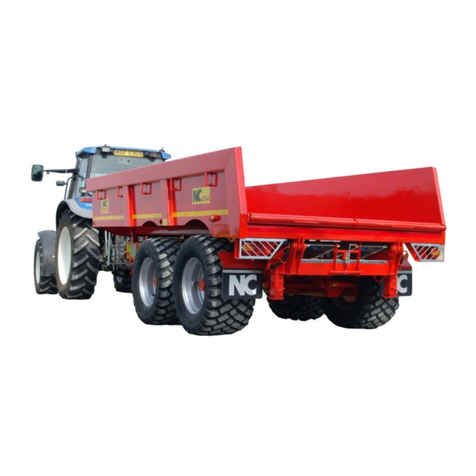
NC ENGINEERING
NC ENGINEERING MKII 600 Series Operating, maintenance and safety instructions


